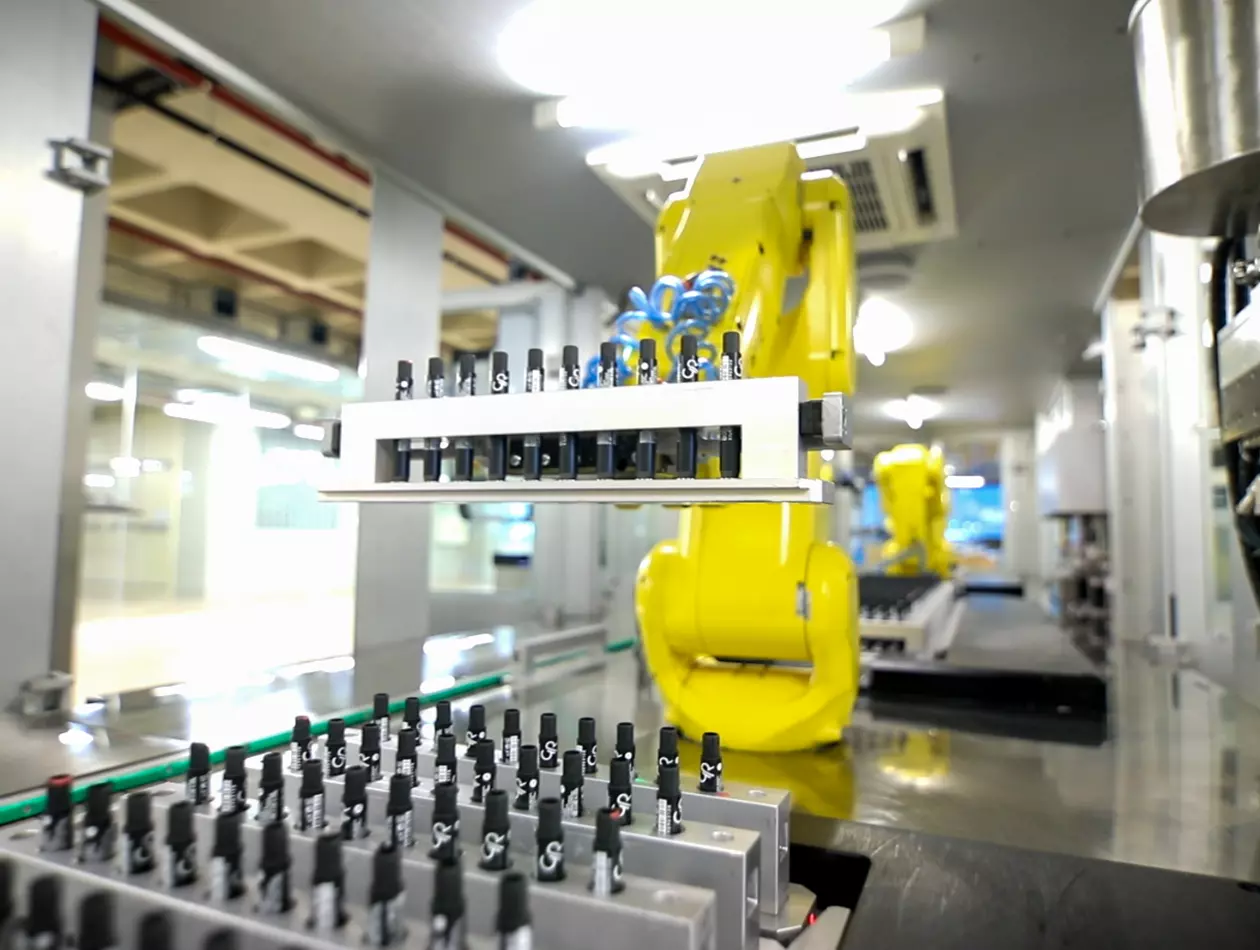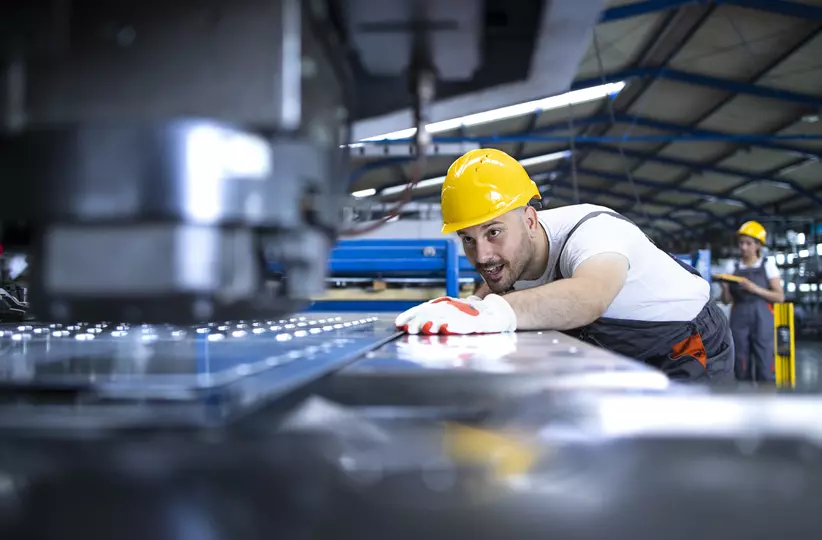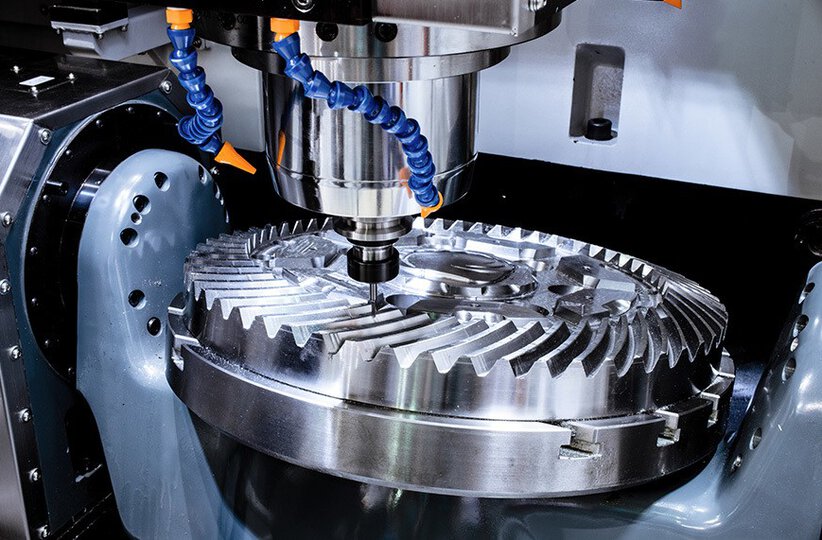
METZ
Grinding with High Precision
When it comes to grinding, a reliable and powerful control system can make all the difference. Combine this with Industry 4.0-style networking of the entire operation, and even small tool specialists can become ultimately competitive.
Share


Short position control cycles and high resolution of the control system.

Flexibility in production down to batch size 1.

Networking of the entire operation with unmanned night shifts.
Get Inspired

FANUC Case Studies
Explore our comprehensive range of factory automation solutions, showcased in detailed case studies, and designed to optimise and streamline any manufacturing process.

CNC Grinding
Grinding is a precision machining process using an abrasive wheel as a cutting tool to remove material from a workpiece. It achieves fine finishes and accurate dimensions, particularly on hard materials. The process involves a rotating abrasive wheel that shaves off material to reach the desired shape and size, and is essential for creating flat, cylindrical, or conical surfaces in modern manufacturing.

All Industries
Explore our comprehensive range of factory automation solutions, designed to optimise and streamline any manufacturing process.






